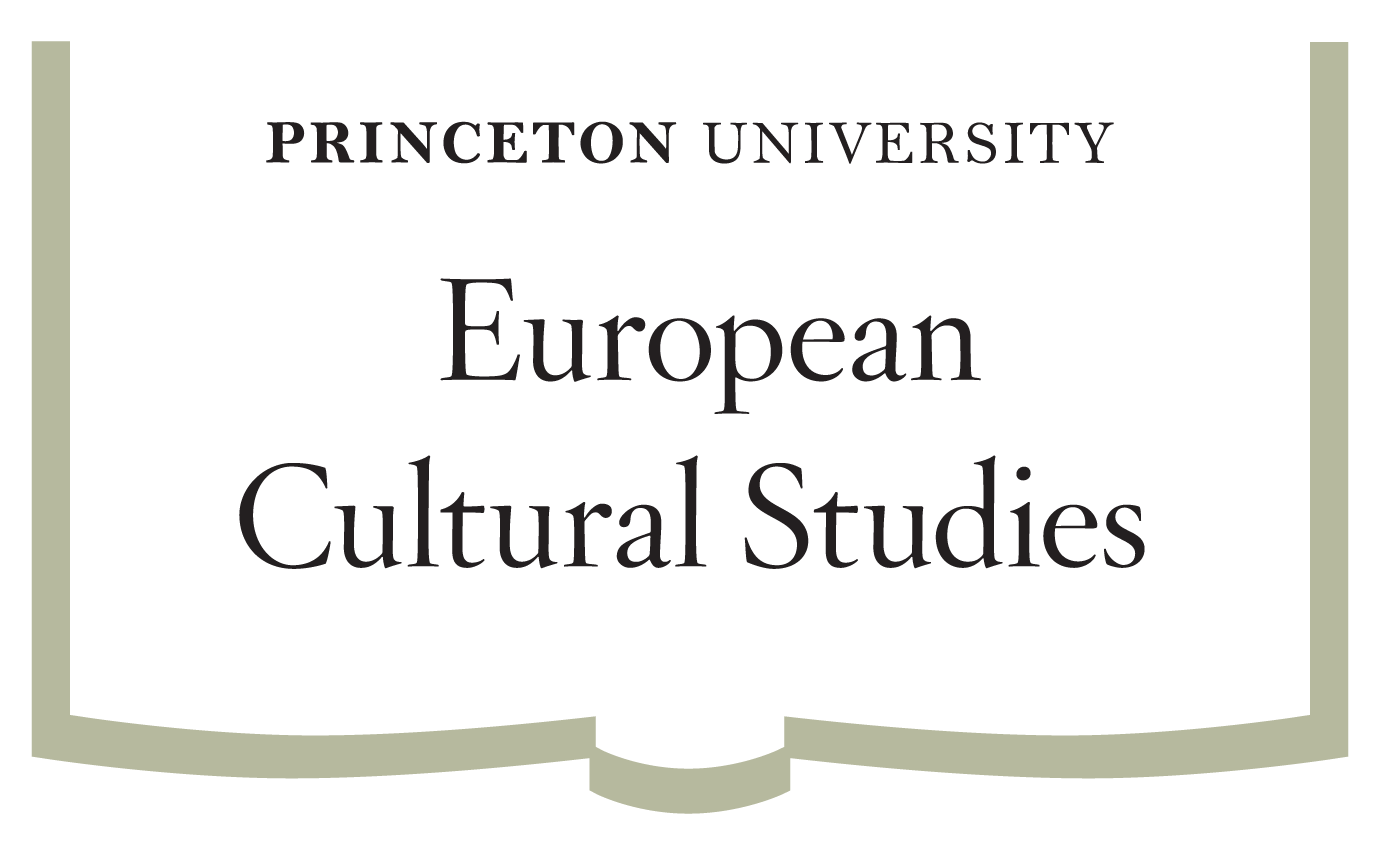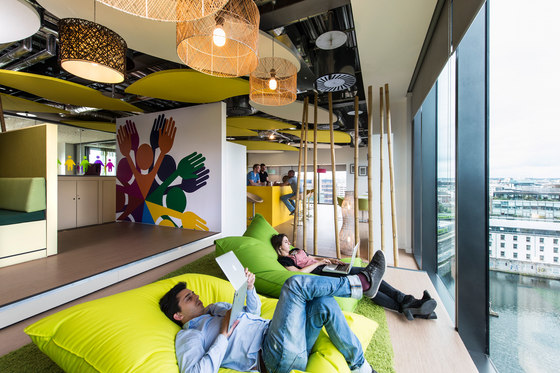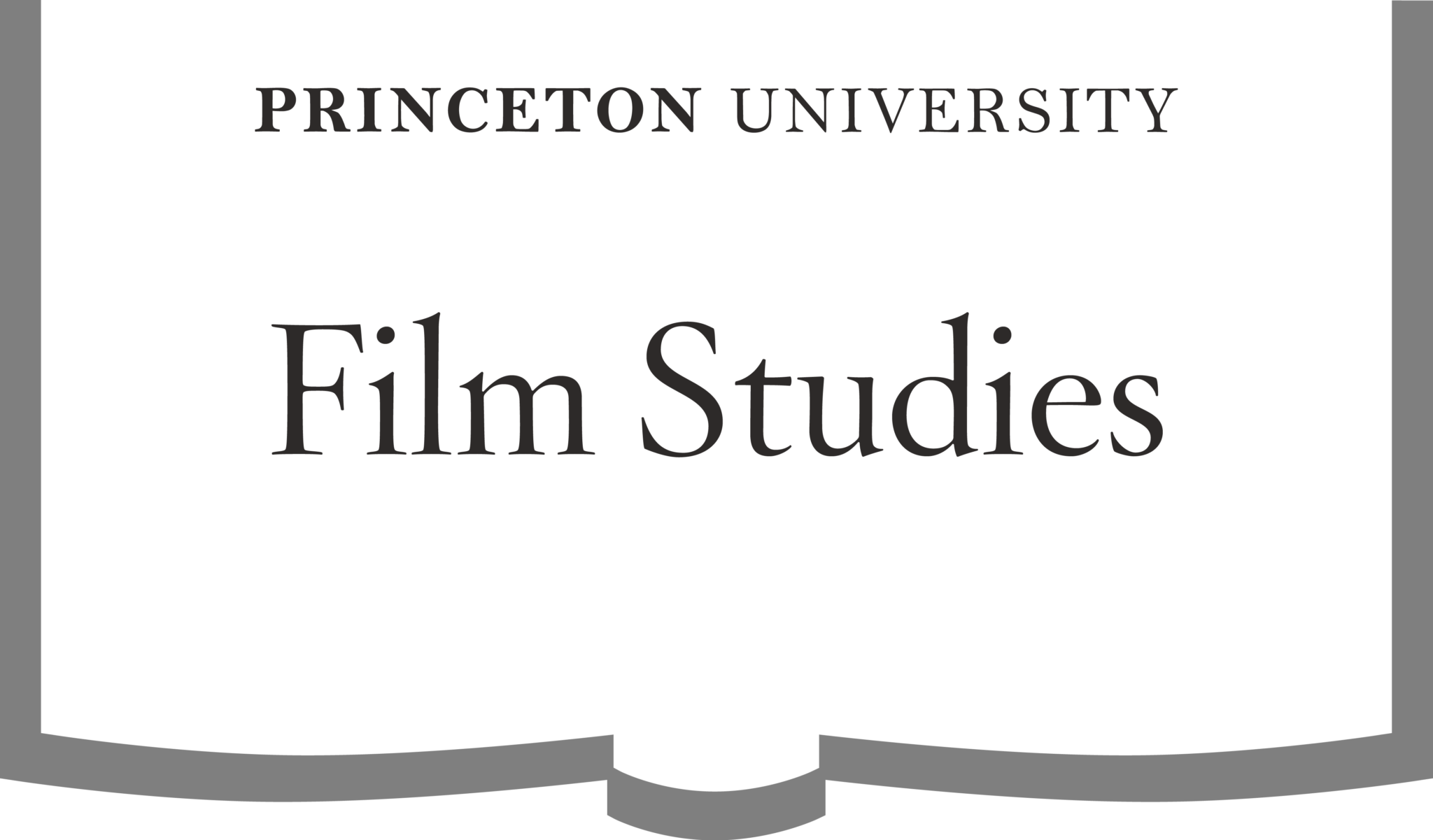The 2017-18 ECS Graduate Affiliates hail from the Departments of Art & Archaeology, French & Italian, German, History, Music, Politics, Spanish & Portuguese, and the School of Architecture. This year, the ECS GAs have formed five “Working Groups” focused on areas of common interest in the interdisciplinary study of European culture since the early modern period.
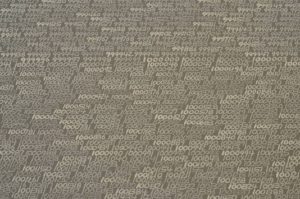
Roman Opalka, “Opalka 1965/1 – ∞, Detail 993460–1017875.” Photo: Hrag Vartanian/Hyperallergic
Letters&Numbers Working Group
The contemporary distinction between the Arts and Sciences originally derives from the medieval classification of the seven liberal arts into “the arts of letters” and “the arts of number.” The fundamental division of knowledge in Europe from the 9th century to the present, in other words, resides on a separation of that which must be figured in letters from that which must be figured in numbers. Neither “letter” nor “number” is a simple, stable notion across periods and languages, however—and much is at stake in the slightest mutation of either concept. With this in mind, the Letters&Numbers working group will be taking a close, multidisciplinary look at the notion of the letter in Europe and the United States after 1945, as the number gained increasing significance with the advent of cybernetics and systems theory. What has this, together with the emergence of poststructuralist, feminist, and post-human thought, meant for our understanding of the letter? And how have these shifts affected visual media, writing, and our relationship to matters of language and communication? The Letters&Numbers Working Group will convene a reading group beginning in Fall 2017, and organize one or more workshops and lectures in Spring 2018.
Participants: Victoria Bugge Øye (Architecture), Nathan Stobaugh (Art & Archaeology), Andreas Strasser (German)
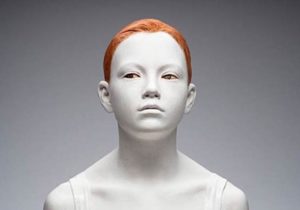
Materiality and Color in European Art Working Group
“Materiality and Color in European Art” consists of a series of lunchtime workshops that explore materiality and surface within European art and culture. Each workshop features an invited guest speaker who is paired with members of the group as respondents. The series confronts issues related to representation of the body, the intersection between surface and skin, links between color and materiality and color as an expression of surface, and the translation of the visual into the physical or textual. Individual sessions will strike a balance between the local and general, emphasizing case studies that both provide important insights for particular periods while also addressing broader concerns. Questions addressed include: How do we intellectually, physically, or emotionally react when the color or the texture of the skin is translated through another medium? How can we conceptualize the distinctions, or connections, between the tactile and the haptic? How are material studies applied in different fields such as literature or neurosciences? In what ways do perceptions and discussions of surface, material, and medium change throughout different historical moments?
Participants: Liliane Ehrhart (French & Italian), Madeleine Haddon (Art & Archaeology), Lluis Alexandre Casanovas Blanco (Architecture), Paris Amanda Spies-Gans (History), Kyle Masson (Music)
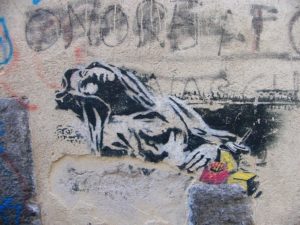
Negative Affect and the Formation of Taste
“Good taste” is a crucial category in the study of European cultural institutions, whether considered normatively or historically. No theory of art, from the aesthetic philosophy of the Enlightenment to the anti-canon movements in today’s academy, seems able to exist without some criteria for selection and prioritization of artworks. Historically, proponents of “good taste,” however defined, have emphasized its benefits, starting from pleasure in the contemplation of certain works and ending in some cases with the total moral elevation of society. Pragmatically, though, taste seems to function as much by a proliferation of negative emotions: boredom or outrage in the consumption of “tasteless” works, disdain for kitsch and the popular, frustration with apparent philistines, etc. This Working Group will convene a reading group to examine the underside of taste. By reading scholarly accounts of the theory and history of taste alongside primary texts by writers who aimed to shape their society’s taste, we will seek the common threads of negative affect that recur throughout these theories.
Participants: Sean Toland (German), Kyle Masson (Music), Matthew McDonald (History), Liana Pshevorskaya (French & Italian), Ingrid Brioso Rieumont (Spanish & Portuguese)
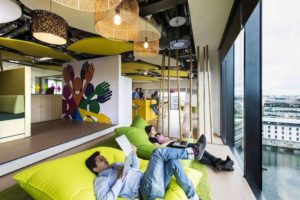
Work/Leisure Working Group
The rapid developments of automation continually upset our understanding of what it means to have a job. Arguably, technological change has today eroded any sense of a clearly demarcated “place” and “time” of work. Furthermore, the attention economy has complicated the very definition of what it means to engage in work. Recently, Guy Standing has argued for the emergence of a novel class structure, where the “precariat”, defined by the precariousness of their “flexible” working conditions in conjunction with a loss of any identity as workers, have emerged as a new permanent underclass. Whereas Zygmunt Bauman wrote at the cusp of the 21st century that “workaholics with no fixed hours of work, preoccupied with the challenges of their jobs twenty-four hours a day and seven days a week, may be found today not among the slaves, but among the elite of the lucky and successful.” This Working Group will convene a reading group with the aim of interrogating the reframing of work and leisure that has happened with the rise of postindustrial economies.
Participants: Andreas Strasser (German), Victoria Bugge Øye (Architecture), Johan Andreas Trovik (Politics)

World Views: Perspectives on the Screen Working Group
A recent study suggests that people around the globe spend upwards of seven hours per day, on average, looking at screens.[1] Screens have dramatically altered the ways we view and make our worlds. Every day, they absorb our attention and shape the ways we spend our time. At the same time, screens also define spatial relationships, functioning as both sites of projection and instruments of separation, and troubling boundaries between two- and three-dimensionality. Often figuring a sense of disconnection from reality, the screen might also be inseparable from the reality it supposedly veils—in other words, producing the very reality it seeks to represent. Our working group seeks to examine this cultural phenomenon through a number of disciplines including (but not limited to) art history, visual culture, the history of science, film and media studies, and psychoanalysis. We will attend to the screen’s multiple and complex historical origins and trajectories, from medieval rood screens, through the nineteenth century panorama, to the rise of television and twenty-first century touch screen devices. In addition to these diachronic considerations, our group is also interested in thinking about the European history of the screen in comparison with its functions within other cultural contexts, such as Japanese folding screens and Arabic mashrabiyas.
Participants: Carson Chan (Architecture), Natalie Dupêcher (Art & Archaeology), Victoria Bugge Øye (Architecture), Nathan Stobaugh (Art & Archaeology), Johan Trovik (Politics)
